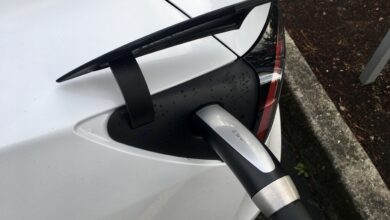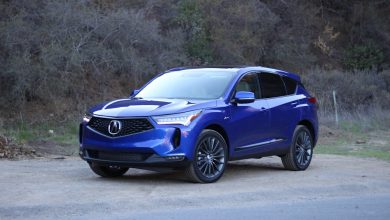The pinnacle of Triumph’s Bonneville 1968-1970
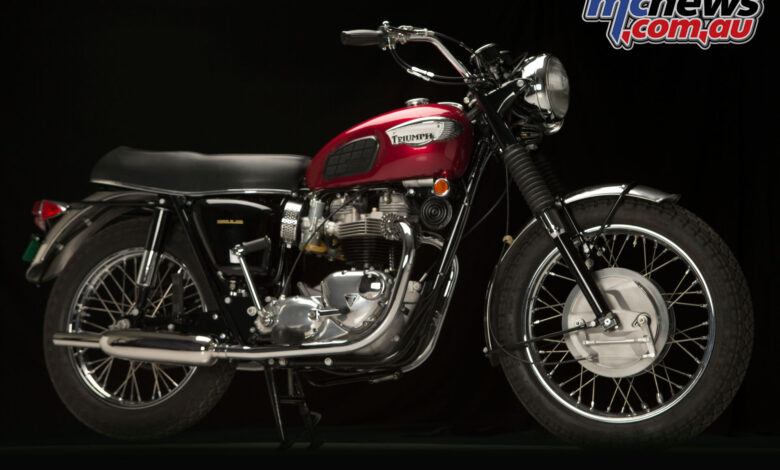
The pinnacle of Triumph’s Bonneville 1968-1970
With Ian Falloon
A great wine, such as a Grange Hermitage or Chateau Lafitte, will always have a vintage year; that particular year where the weather conditions were just perfect, and the grapes at their peak. The same can be said about certain motorcycles, and the 650cc T120 Triumph Bonneville is a case in point.
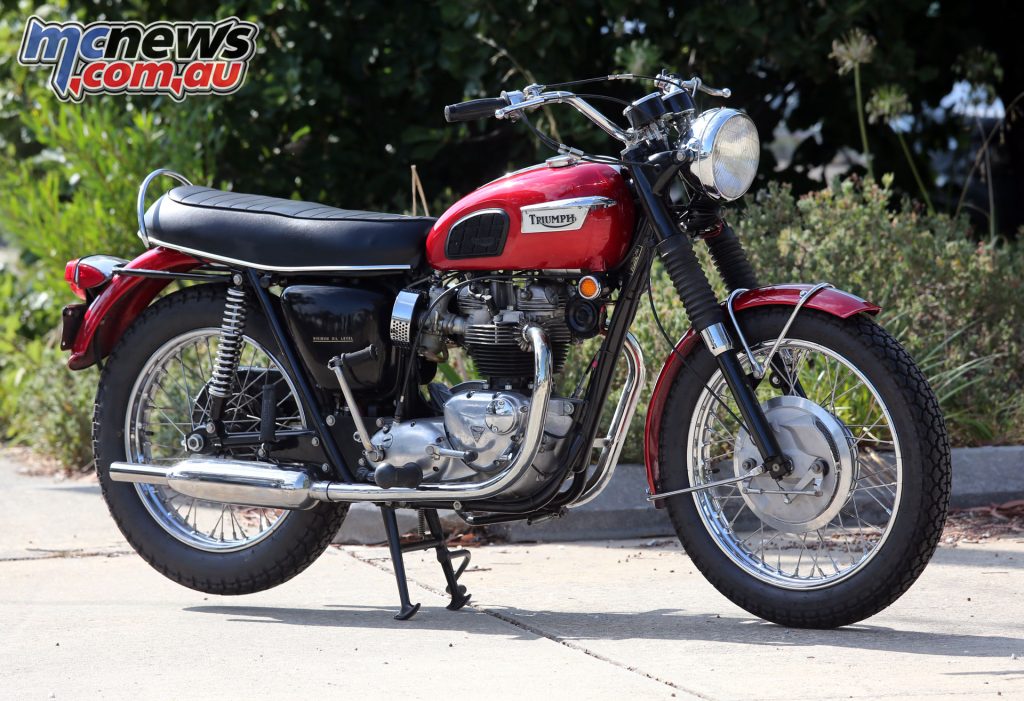
Rather than the variability of climactic conditions, motorcycles can suffer from poor managerial decisions, or the demands of the marketplace. This is especially appropriate to the T120 Bonneville that, along with the single carb Trophy, was Triumph’s production mainstay from 1959 until 1974.
Ask any Triumph enthusiast for an opinion on the vintage years for the Bonneville and inevitably the years from 1968 through 1970 will be mentioned. Before 1968 the Bonnie was afflicted with marginal electrics, handling and brakes, and after 1970 there was the debacle of the Umberslade Hall designed oil-in-the-frame version.
If one bike typifies the sixties it is undoubtedly the Bonnie. Because they were so ubiquitous, to so many older enthusiasts today it is the one bike that epitomises youth. By 1972 it was reckoned that 250,000 Bonnevilles had been built; at least three times as many as any comparable Norton or BSA twin.
The Bonneville also offered an unparalleled balance between looks and performance at a competitive price, and a timeless appeal, and the ones to have were from that pinnacle period, 1968 to 1970.
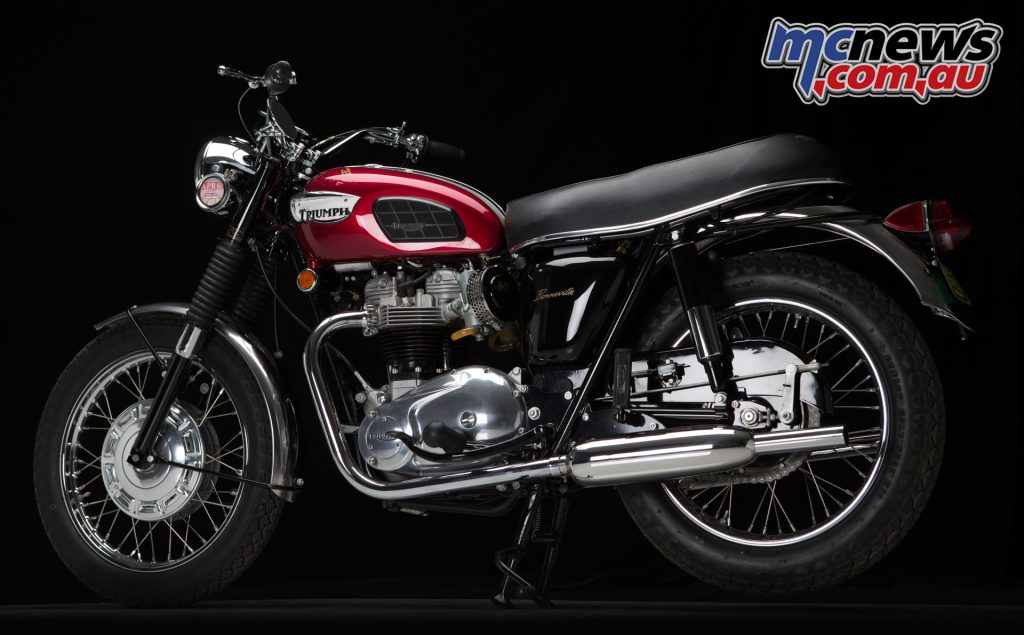
Yet the Bonnie was conceived considerably earlier. In recognition of the speed records at Bonneville, Triumph boss Edward Turner decided to make the most of this association, and in 1959 Triumph released the T120 Bonneville. This was intended intended to be the performance flagship, but initially still very much a 650 cc T110 Thunderbird hybrid.
Performance was boosted over the 110 through the use of a splayed-port alloy cylinder head, higher compression, and twin Amal monobloc carburettors without air filters.
With 46 horsepower at 6500 rpm, the Bonneville was claimed to be the fastest production bike available, a claim substantiated in 1961 when the British motorcycle press tested a T120R at 188 km/h.
The first unit construction Bonneville appeared in 1963, and at first wasn’t as highly rated as the pre-unit predecessors. While there were gains in the frame, which reverted back to the classical Triumph single downtube, the unit construction engine lost out in smoothness and electrical reliability.
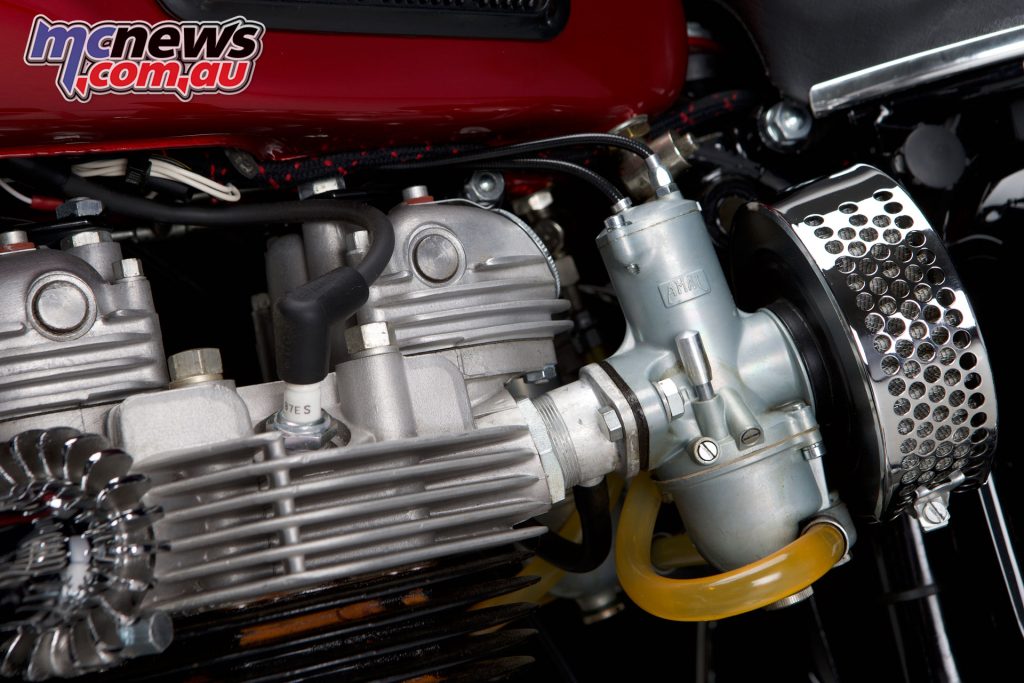
However, where the new T120 really scored over the pre-unit 650’s was in compactness and weight. At 165 kg it was nearly 14 kg lighter, and this contributed to much brisker on the road performance. From 1964 the Bonneville formed the basis of Triumph’s production racing program, and it was developments from this that ensured the excellence of the T120 from 1968 onwards.
In 1967 ex-works MV rider John Hartle, won the first Isle of Man production TT, setting the stage for a series of memorable results, not only at the Island, but also in the Barcelona 24 Hour race. Malcolm Uphill’s standing start lap of 100.9 mph (162.4 km/h) was the first ever 100 mph lap by a production machine at the Isle of Man and saw Dunlop rename their K81 tyre the TT100 to commemorate their part in the victory.
Following this racing success detail improvements appeared every year. A new 8-inch twin leading shoe front brake, race-bred two-way damping in the front fork, and a stronger racing style swinging-arm, contributed to superior on-the-road performance.
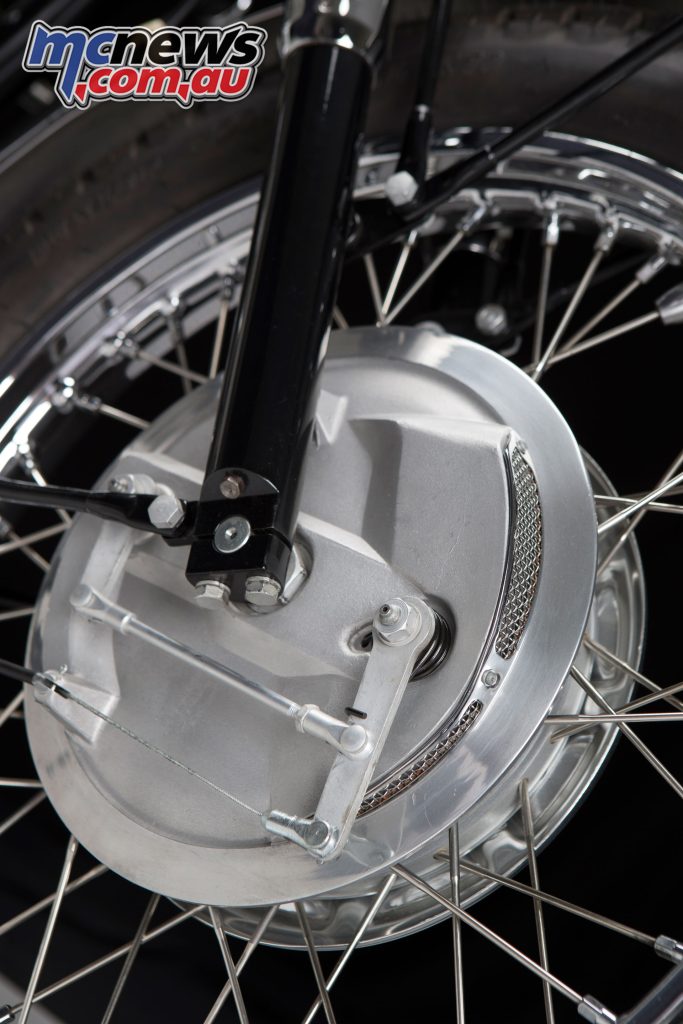
However, the late 1960s was a particularly trying time at Meriden both financially, and politically, and most resources were being poured into developing the new triples. By now the 650 cc engine had reached the zenith of its development as a competition unit, and the Umberslade oil-in-the-frame models were waiting in the wings.
However despite these impediments these were also boom years for sales in the US, with over 30,000 Triumphs sold in 1969. While Meriden was flat out meeting demand, with production up to about 900 machines a week, quality varied considerably, and the factory never really mastered the high volume/high quality equation that ultimately contributed to their downfall.
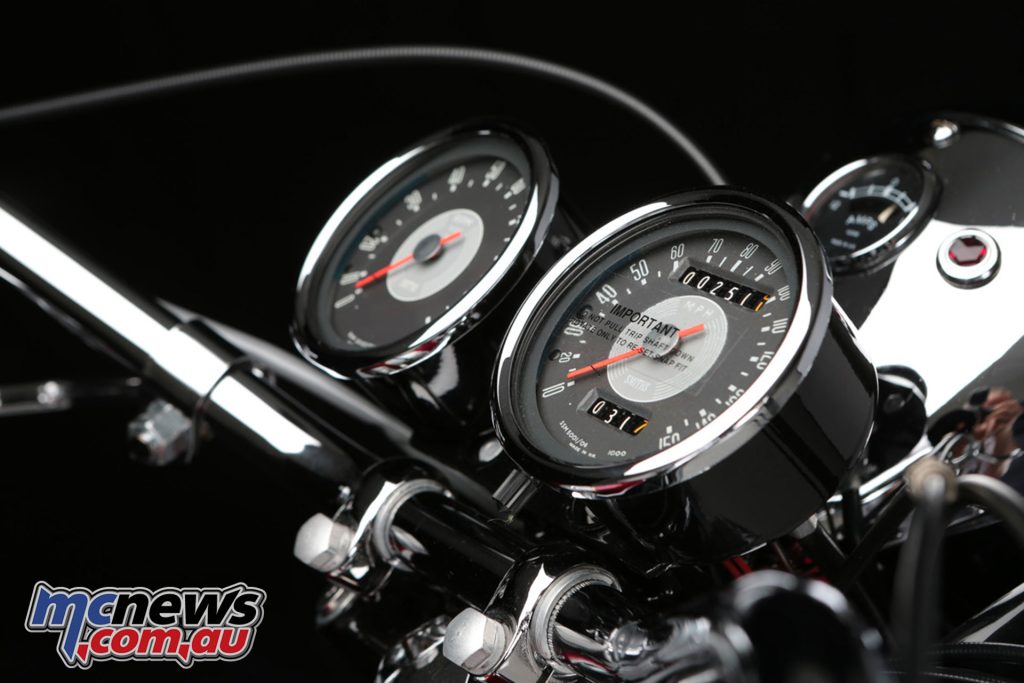
After 1970, just as the T120 seemed to represent the distillation of everything that was right about motorcycle styling, the expensive new R&D facility at Umberslade Hall gave birth to the inferior oil-in-the-frame replacement. When it appeared, enthusiasts were mortified.
Gone were the classic mufflers, gaitered forks, bullet-shaped headlights, and rounded side covers that epitomised Triumph. What’s more the new double cradle frame was so tall that the seat height was a towering 876mm, and a series of initial production problems got them off to a very shaky start.
Eventually the oil-in the-frame twins became solid and rideable motorcycles, but looking back now Triumph enthusiasts lament that the 1970 models were “the last of the good ones”. Given some of the reliability problems of the late sixties, the use of the word “good” is dubious, but what is undeniable is that they were the last of the “classic” Triumphs, and amongst the best looking motorcycles ever made.
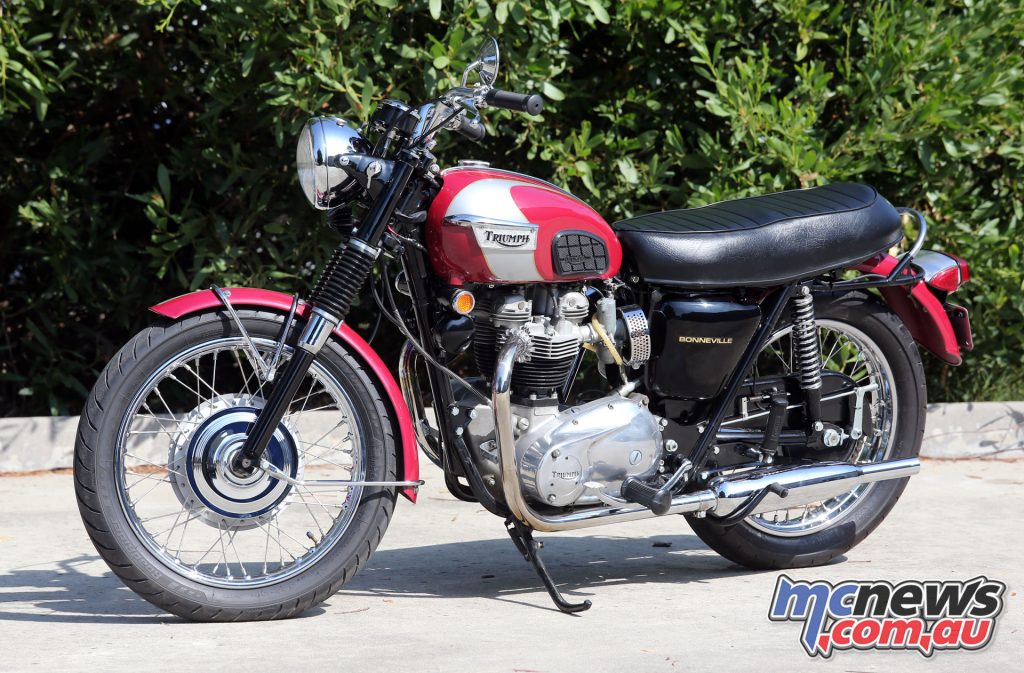
For info on the latest generation Triumph Bonneville models see:
Major updates for 2021 Triumph Bonneville line-up
For a look at the earlier history of the Triumph Bonneville see:
The 1959 Triumph T120 forged the Bonneville legend
1970 Triumph Bonneville Specifications
| 1970 Triumph Bonneville | |
| Engine | Air-cooled, 649 cc, OHV 360° parallel-twin |
| Bore x stroke | 71 x 82 mm |
| Compression ratio | 9.0:1 |
| Claimed Power | 50 bhp (37.3 kW) @ 7000 rpm |
| Claimed Torque | 38.5 ft-lbs (52 Nm) @ 6000 rpm |
| Ignition/Induction | Lucas K2F magneto, dual 30 mm Amal concentric carburettors |
| Transmission | Four-speed |
| Suspension | Telescopic fork, dual shock |
| Brakes | Dual leading shoe front drum brake, rear drum brake |
| Tyres | 3.25 x 19, 4.00 x 18 |
| Wheelbase | 1400 mm |
| Seat height | 770 mm |
| Weight | 181 kg wet |

